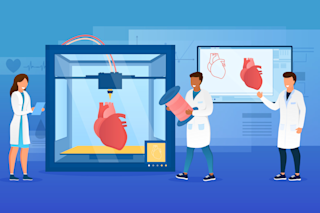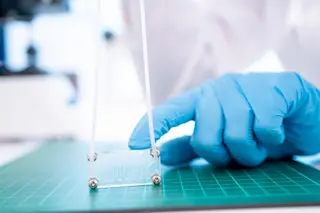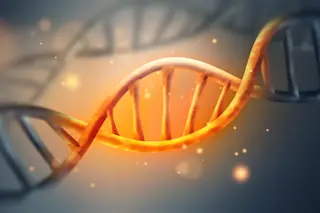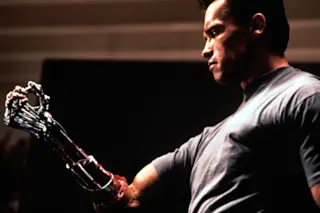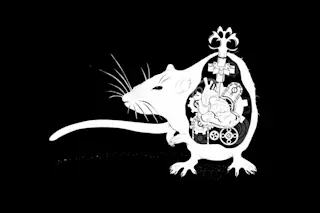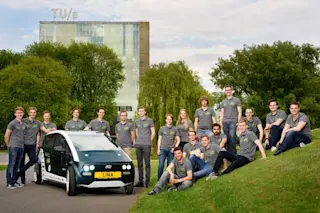The world’s most powerful gene-editing tool, CRISPR-Cas9, gives humans the ability to swap out sections of the genome with less money and time than ever before. That’s a lot of power, and with great power comes great responsibility. But right now, most of the world doesn’t have regulations about what scientists — and someday, hobbyists — can and can’t do to the double helix. In China, scientists have used CRISPR-Cas9 to modify human embryos. And that has left the rest of the world a little nervous.
Using CRISPR-Cas9, scientists can “knock out,” or disrupt, particular genes and then see what changes in the organism. If, to create a badly simplified example, they disrupt a given series of base pairs from a rabbit, and the animal's nails stop growing, they learn that those genes governed rabbit nails. CRISPR-Cas9 also allows scientists to replace the snipped genes with different sequences, an ability ...




